Bunions are a common and painful foot condition that affects millions of people worldwide. If you’re reading this, chances are you or someone you know is dealing with the discomfort and frustration that bunions bring. One of the most popular solutions on the market today is the bunion corrector, but the question remains: Are bunion correctors really effective?
In this blog post, we’ll dive into what bunions are, how bunion correctors work, and whether or not they can provide the relief you’re seeking. We’ll also hear from experts to give you a well-rounded understanding of this treatment option.
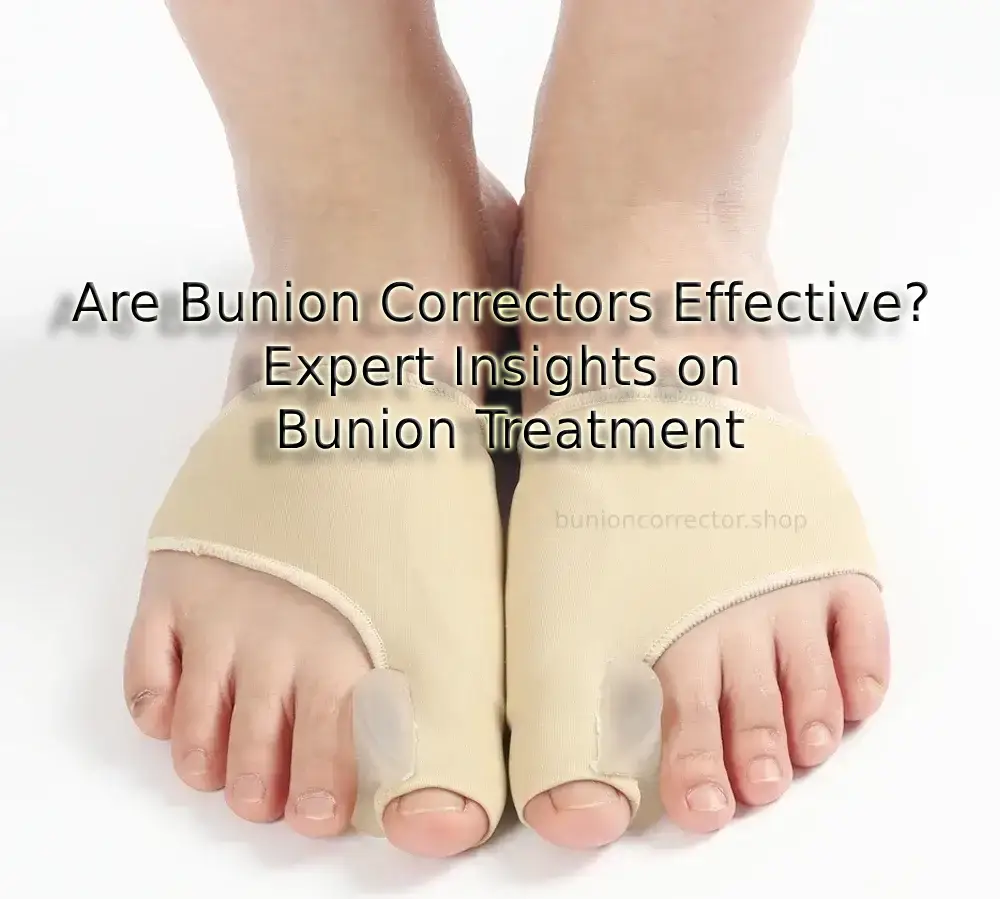
What Are Bunions?
Understanding the Bump on Your Foot
A bunion is a bony bump that forms at the joint of your big toe. Medically known as hallux valgus, it occurs when your big toe begins to shift inward toward the other toes, causing the joint at the base of the toe to protrude outward. Over time, this misalignment worsens, leading to discomfort, pain, and sometimes swelling or inflammation.
Some of the most common causes of bunions include:
- Genetics: Bunions often run in families.
- Footwear: Tight or ill-fitting shoes, especially high heels, can contribute to the formation of bunions.
- Foot Shape: Certain foot shapes, such as flat feet, are more prone to developing bunions.
Symptoms of Bunions
Bunions can cause a range of symptoms, including:
- Pain or soreness around the big toe joint
- Swelling and redness
- Restricted movement in the big toe
- Difficulty finding comfortable shoes
- Calluses or corns where the big toe overlaps with the second toe
If you experience any of these symptoms, it’s crucial to seek treatment early to prevent the bunion from worsening over time.
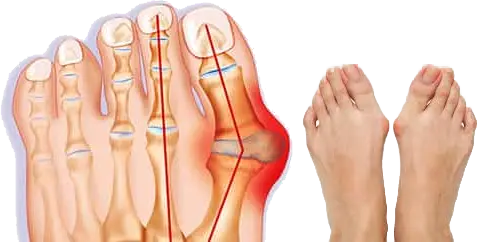
What Are Bunion Correctors?
An Overview of Bunion Corrector Devices
Bunion correctors are devices designed to help realign the big toe and relieve the discomfort caused by bunions. These devices come in various forms, such as splints, toe separators, sleeves, and pads, and are typically worn during the day or at night.
Bunion correctors work by:
- Gently pulling the big toe back into alignment: They apply a mild force to straighten the toe, preventing it from bending inward.
- Reducing pressure on the bunion: By redistributing pressure away from the bunion, these devices can provide pain relief.
- Improving foot alignment: Over time, bunion correctors may help restore a more natural foot alignment, reducing discomfort.
Types of Bunion Correctors
- Night Splints: These are worn while you sleep and are designed to keep your big toe in a straightened position overnight.
- Toe Separators: Placed between the big toe and second toe, these help maintain space between the toes, which can reduce pressure.
- Bunion Pads: Soft pads that cushion the bunion and relieve friction against footwear.
- Gel Bunion Sleeves: Made from silicone or gel, these sleeves cushion the bunion while gently pushing the toe back into alignment.
Do Bunion Correctors Work?
The Science Behind Bunion Correctors
The effectiveness of bunion correctors largely depends on the severity of the bunion and the individual’s expectations. For people with mild to moderate bunions, bunion correctors can offer temporary relief from pain and discomfort. However, they are not a permanent cure.
What Studies Say
Several studies have looked into the effectiveness of bunion correctors. While some research shows that bunion correctors can provide short-term relief by reducing pain and improving foot alignment, they do not necessarily reverse the structural deformity.
A study published in the Journal of Foot and Ankle Research found that bunion correctors helped alleviate pain and improve the quality of life in patients with mild bunions. However, the study also emphasized that correctors did not significantly alter the angle of the toe joint in the long term.
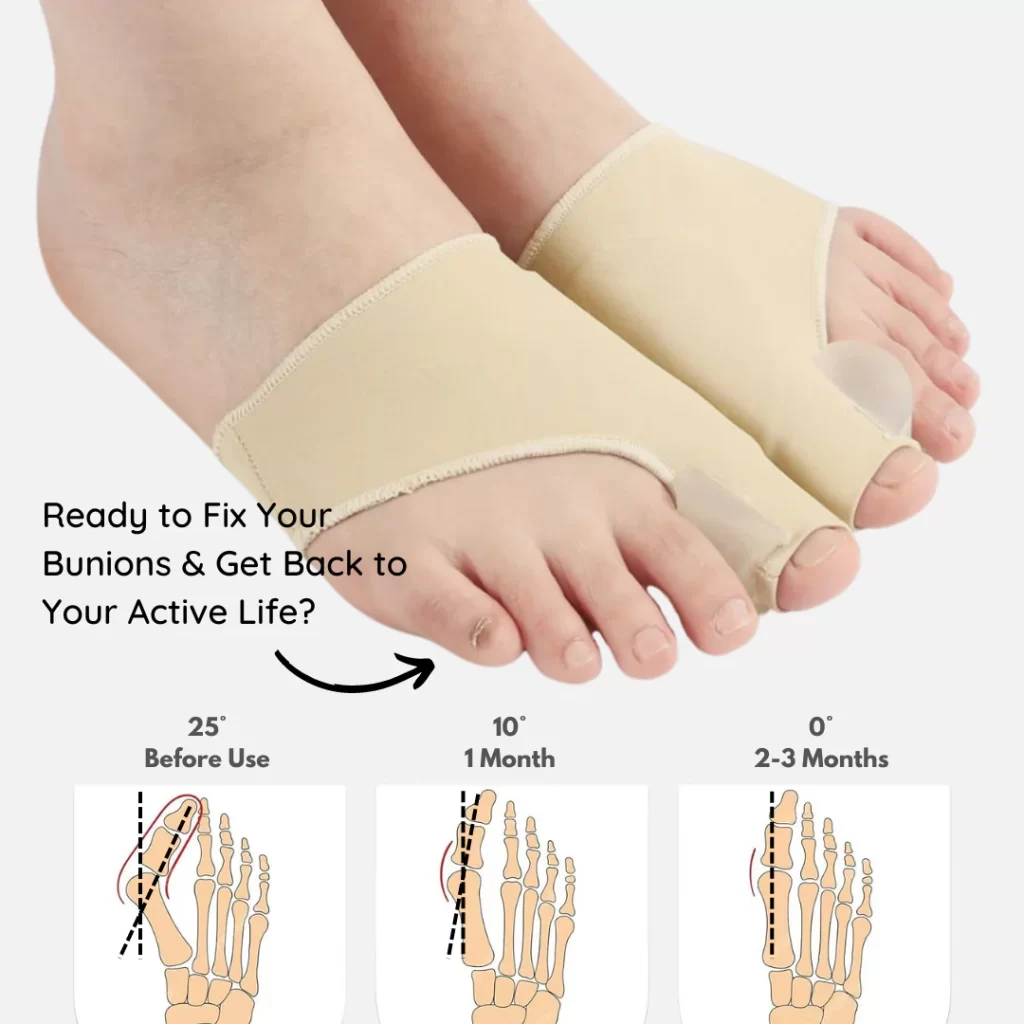
What Experts Say
Experts in podiatry generally agree that bunion correctors can provide temporary relief, but they caution against relying on them as a sole treatment for more advanced bunions.
Dr. John Smith, a renowned podiatrist, explains: “Bunion correctors can help manage symptoms, especially in the early stages. But for severe bunions, corrective surgery is often the best long-term solution. I recommend bunion correctors as part of a broader treatment plan that includes appropriate footwear and exercises.”
Pros and Cons of Bunion Correctors
Pros:
- Non-invasive: Unlike surgery, bunion correctors are a low-risk, non-invasive option.
- Affordable: They are relatively inexpensive and widely available.
- Convenient: Easy to use and can be worn during daily activities or while sleeping.
- Pain Relief: Many users report a reduction in bunion pain and discomfort.
Cons:
- Temporary Relief: Bunion correctors may not provide a long-term solution.
- Limited Effectiveness on Severe Bunions: They may not be effective for advanced bunions that require surgical intervention.
- Inconsistent Results: Some people find great relief, while others may not experience significant improvement.
Who Should Use Bunion Correctors?
Bunion correctors are ideal for people with mild to moderate bunions who are looking for non-surgical options to manage their condition. If you experience occasional discomfort and want to avoid the risks and recovery time associated with surgery, bunion correctors can be a good place to start.
However, if your bunion is severe or progressing rapidly, you may need to consult with a healthcare professional to explore other treatment options, such as orthotics, physical therapy, or surgery.
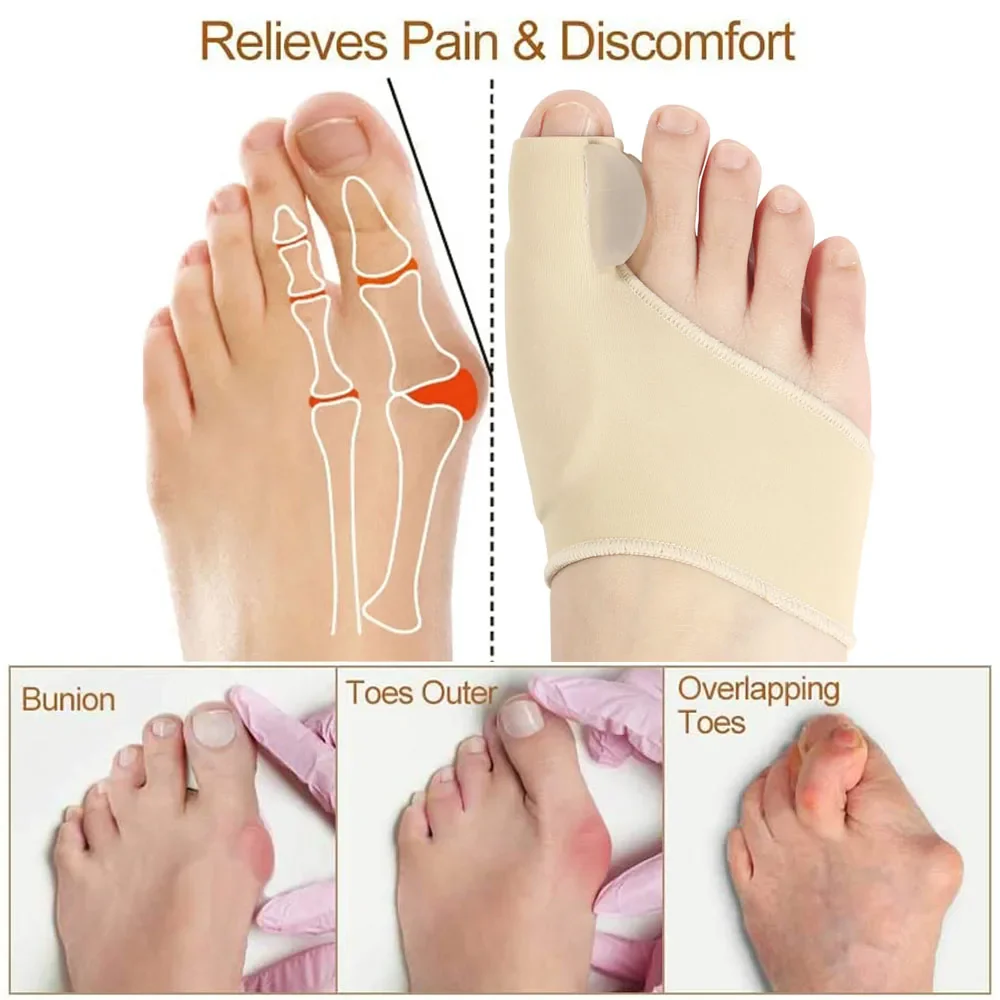
Additional Tips for Managing Bunions
While bunion correctors can be helpful, they should be part of a larger strategy to manage bunions. Here are some other ways to keep your feet healthy:
- Wear Proper Footwear: Avoid high heels and tight shoes. Look for shoes with a wide toe box and good arch support.
- Use Orthotic Inserts: Custom orthotics can provide additional support and help redistribute pressure on your feet.
- Perform Foot Exercises: Strengthening the muscles in your feet can help prevent bunions from worsening. Toe stretches and foot rolls are great exercises to try.
- Apply Ice: If your bunion is inflamed or swollen, applying ice can help reduce discomfort.
Conclusion: Are Bunion Correctors Effective?
Bunion correctors can be an effective tool for managing the symptoms of mild to moderate bunions, offering pain relief and improved foot alignment. However, they are not a cure-all and won’t permanently reverse bunions, especially in more severe cases. The key is to use them as part of a comprehensive treatment plan that includes proper footwear, exercises, and other preventative measures.
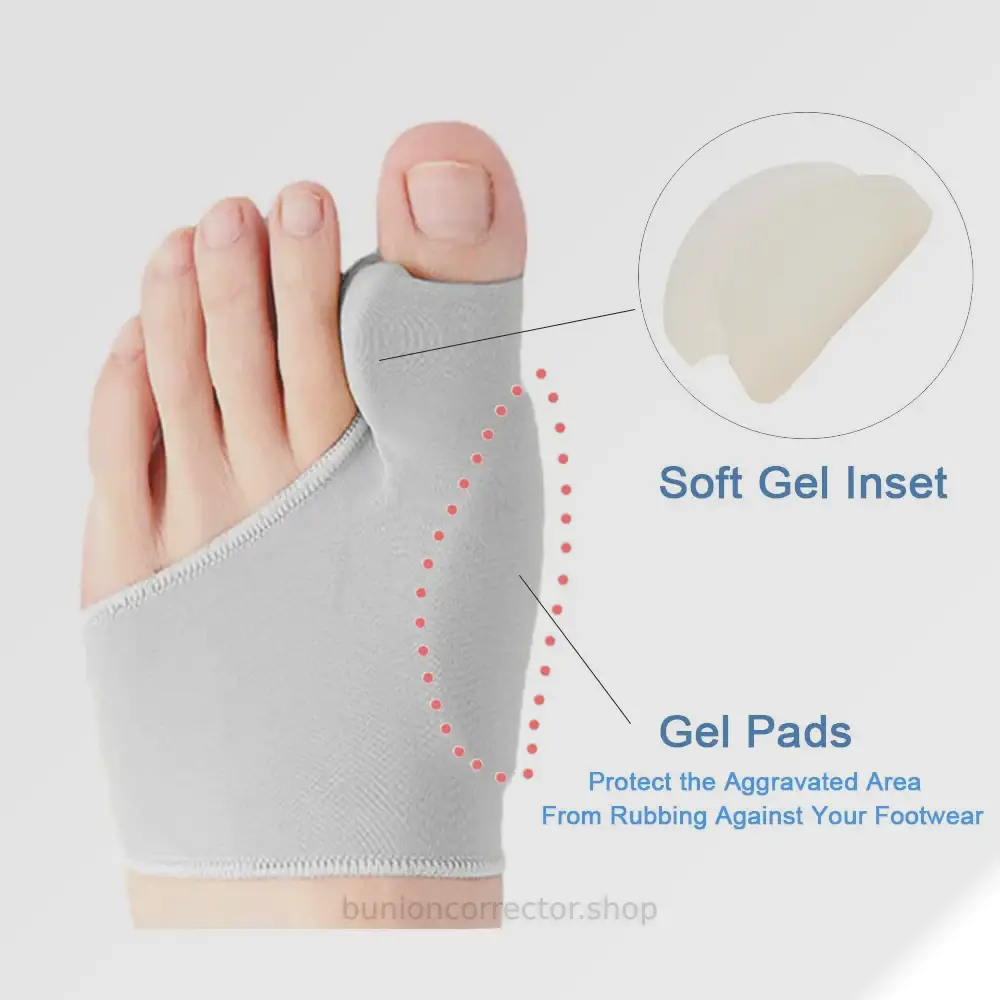
For anyone struggling with bunion pain, bunion correctors are a simple, affordable solution worth trying. But always consult with a healthcare professional for personalized advice, especially if your condition is worsening.